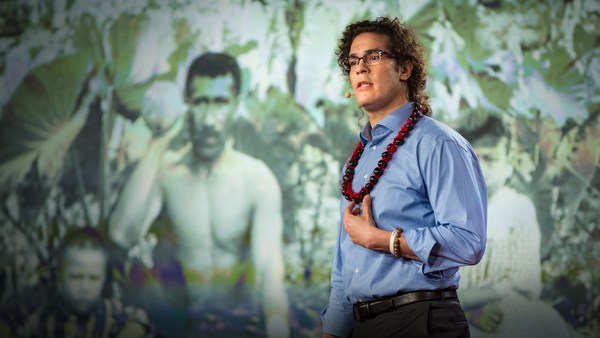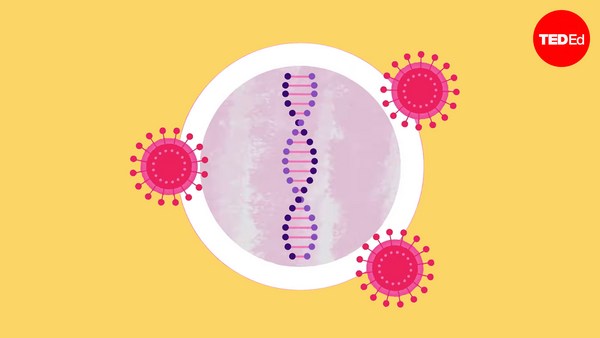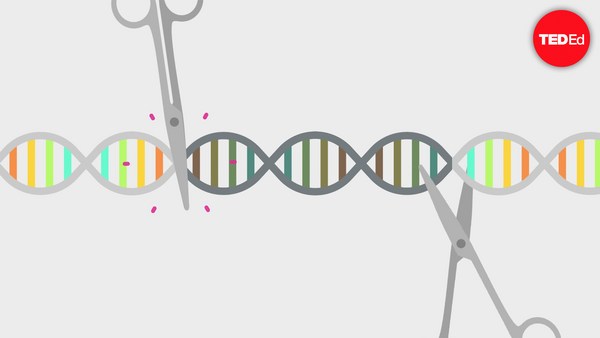The Philippines: an idyllic country with some of the clearest water and bluest skies on the planet. It is also the epicenter of one of the fastest-growing HIV epidemics in the world. On the surface, it seems as if we are just a late bloomer. However, the reasons for our current epidemic are much more complicated and may foreshadow a global resurgence of HIV.
While overall new cases of HIV continue to drop in the world, this trend may be short-lived when the next wave of more aggressive and resistant viruses arrive. HIV has a potential to transform itself into a new and different virus every time it infects a cell. Despite the remarkable progress we've made in reversing the epidemic, the truth is that we are just a few viral mutations away from disaster.
To appreciate the profound way in which HIV transforms itself every time it reproduces, let's make a genetic comparison. If we look at the DNA variation among humans of different races from different continents, the actual DNA difference is only 0.1 percent. If we look at the genetic difference between humans, great apes, and rhesus macaques, that number is seven percent. In contrast, the genetic difference between HIV subtypes from different patients may be as much as 35 percent. Within a person infected with HIV, the genetic difference between an infecting mother virus and subsequent daughter viruses has been shown to be as much as five percent. This is the equivalent of a gorilla giving birth to a chimpanzee, then to an orangutan, then to a baboon, then to any random great ape within its lifetime.
There are nearly 100 subtypes of HIV, with new subtypes being discovered regularly. HIV in the developed world is almost all of one subtype: subtype B. Mostly everything we know and do to treat HIV is based on studies on subtype B, even though it only accounts for 12 percent of the total number of cases of HIV in the world. But because of the profound genetic difference among different subtypes, some subtypes are more likely to become drug-resistant or progress to AIDS faster.
We discovered that the explosion of HIV cases in the Philippines is due to a shift from the Western subtype B to a more aggressive Southeast Asian subtype AE. We are seeing younger and sicker patients with high rates of drug resistance. Initial encroachment of this subtype is already occurring in developed countries, including Australia, Canada and the United States. We may soon see a similar explosion of cases in these countries.
And while we think that HIV is done and that the tide has turned for it, just like with real tides, it can come right back. In the early 1960s, malaria was on the ropes. As the number of cases dropped, people and governments stopped paying attention. The result was a deadly resurgence of drug-resistant malaria.
We need to think of HIV not as a single virus that we think we've figured out, but as a collection of rapidly evolving and highly unique viruses, each of which can set off the next deadly epidemic. We are incorporating more powerful and new tools to help us detect the next deadly HIV strain, and this needs to go hand in hand with urgent research on the behavior and proper treatment of non-B subtypes. We need to convince our governments and our funding agencies that HIV is not yet done.
Over 35 million people have died of HIV. We are on the verge of an AIDS-free generation. We need to pay attention. We need to remain vigilant and follow through. Otherwise, millions more will die.
Thank you.
(Applause)





